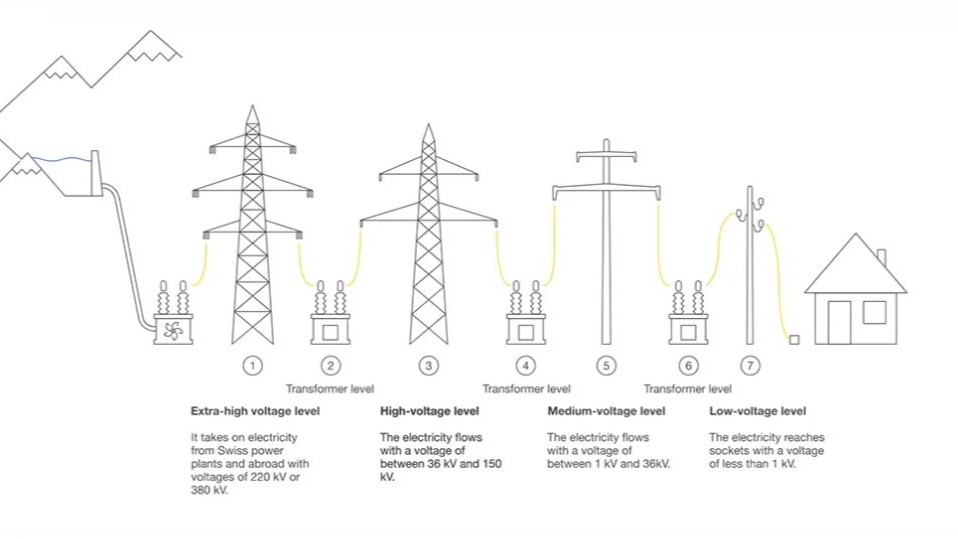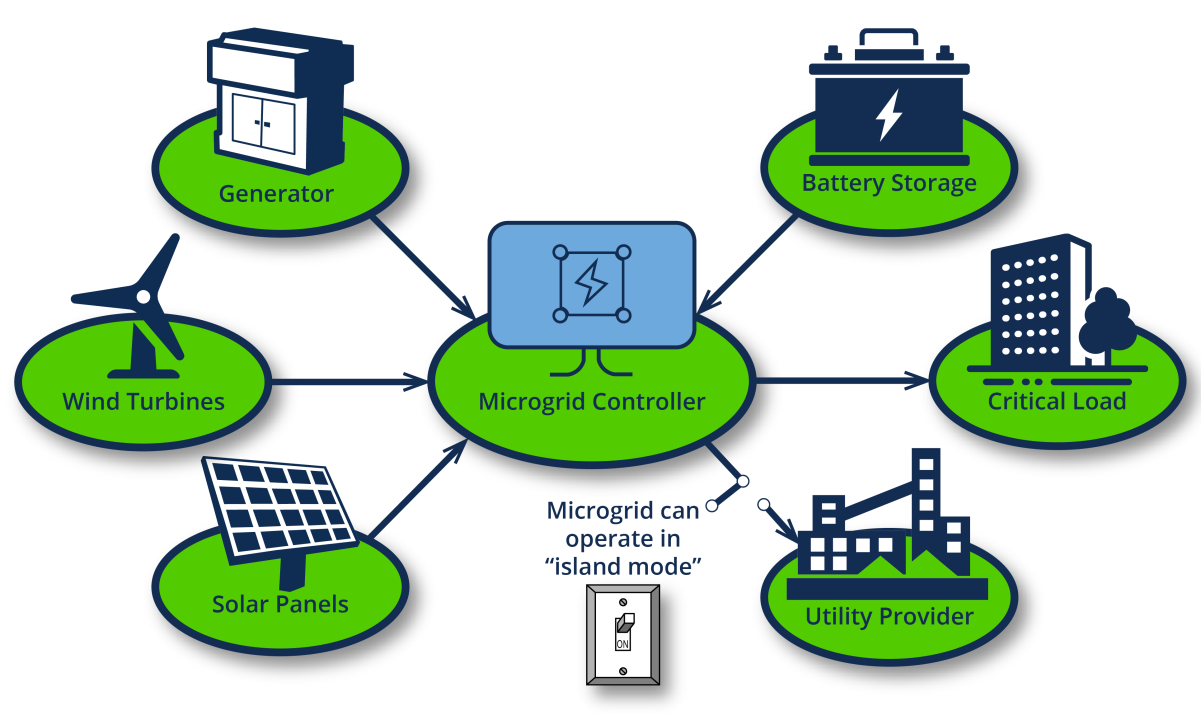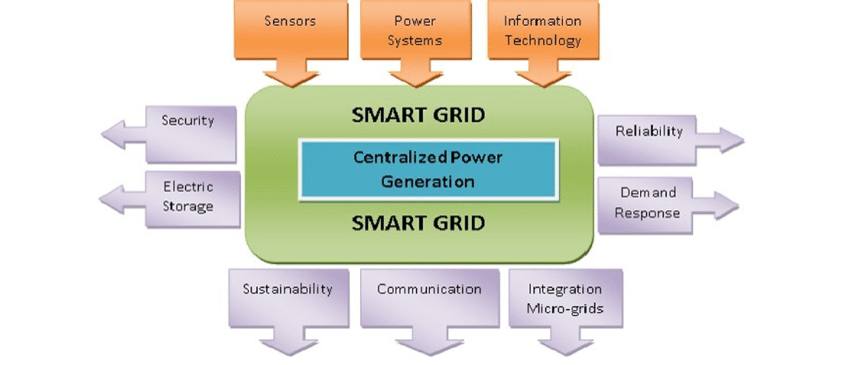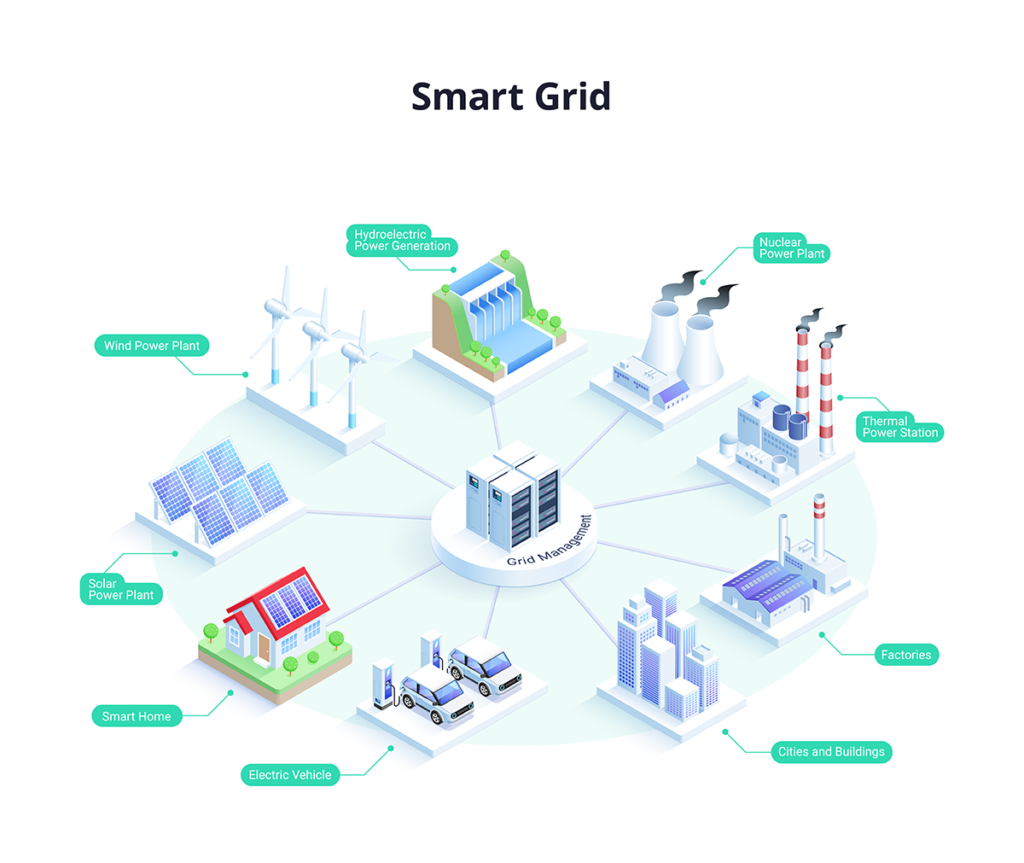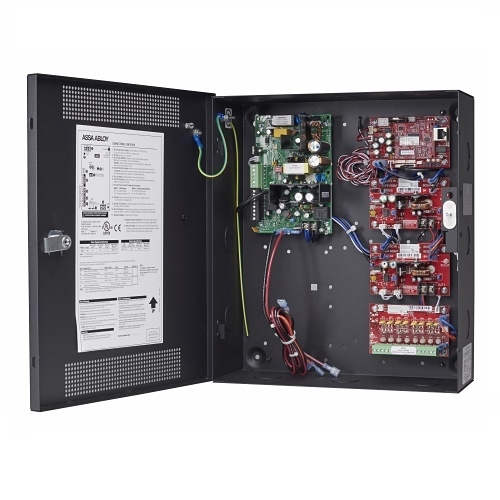Overview
Smart grid refers to the intelligentization of the power grid. Built on high-speed bidirectional communication networks and integration platforms, and leveraging sensors, measurement, control, and decision-support systems, a smart grid aims to achieve efficient, safe, and reliable operation. Key features include attack resilience, adaptability, and self-healing, enabling the grid to meet 21st-century demands such as power market activation, asset optimization, integration of diverse generation sources, and power quality management.
Advancing smart grid standardization depends heavily on the development and application of network communications. Communication requirements in the smart grid environment enable effective control and operation across domains, including network access, security, and control. Coverage spans public networks and dedicated utility networks. Building a smart grid therefore requires advanced functions and technologies to construct robust systems and architectures.
Key Requirements for Medium- and Low-Voltage Communication Access
- High transmission speed: Access networks must provide high transmission capacity to ensure stable and timely data delivery.
- High reliability: As a critical infrastructure for the economy, the access network must be stable and reliable; communication interruptions can disrupt normal grid operation.
- Bidirectional communication: The grid requires two-way communication so that user-side devices can report consumption and load information to the supply side, while the supply side can send supply and control status to users.
- Data privacy and security: Access networks must protect user data such as consumption and equipment operating status, providing confidentiality and integrity protections.
- High scalability: As the smart grid expands, access networks must scale to support networks of different sizes and types.
Role and Deployment Considerations
Medium- and low-voltage communication access networks extend the backbone communication network and form a key communication infrastructure for distribution automation, electric vehicle charging facilities, metering and information collection, and interactive retail services. They are essential for grid intelligence and operational assurance. The development of the smart grid places higher demands on network architecture, coverage, technology application, bandwidth, and service management.
- Gradually build and improve the network architecture for medium- and low-voltage access. Based on requirements in distribution and consumption segments and rural distribution networks, extend the backbone network downward and strengthen construction of medium- and low-voltage access to form an integrated platform that connects backbone-to-edge and is user-oriented with security controls.
- Enhance network coverage. Medium-voltage access should cover distribution substations, distribution rooms, ring main units, pole-mounted circuit breakers, distribution transformers, distributed generation, electric vehicle charging facilities, and distribution lines. Low-voltage access should fully support metering and information collection systems to achieve comprehensive coverage of all electricity users and gateways.
- Leverage the national power grid operator's backbone communication network and medium- and low-voltage power line resources. At local power companies and county-level supply companies, construct access networks that use power fiber communication as the primary medium, medium- and low-voltage power-line carrier as a supplement, and wireless public networks and other means for extension.
- Improve and optimize existing service networks to enhance service capability. According to the level of communication technology, enable smooth evolution and convergence of various service networks to support distribution automation, distribution transformer monitoring, metering and information collection, electric vehicle charging, and fiber-to-premises power applications.
- Bandwidth requirements. Medium-voltage access upstream connects to the backbone network's hierarchical layers and carries services such as distribution automation, transformer monitoring, metering and information collection, distributed generation, and fiber-to-premises. Access network bandwidth must ensure fast, reliable, and secure transmission of service information and meet uplink demands from fiber-to-premises applications.
- Management systems. In conjunction with distribution and consumption network management system construction, local power companies should build unified-interface, unified-standard integrated communication network management systems and platforms to meet multi-level needs for information collection, interaction, storage, and processing, and to enable centralized management of diverse communication modes.
In summary, smart grids impose requirements on medium- and low-voltage communication access networks for high speed, reliability, bidirectional communication, data protection, and scalability. Meeting these requirements is important to ensure secure and stable smart grid operation.
 ALLPCB
ALLPCB


